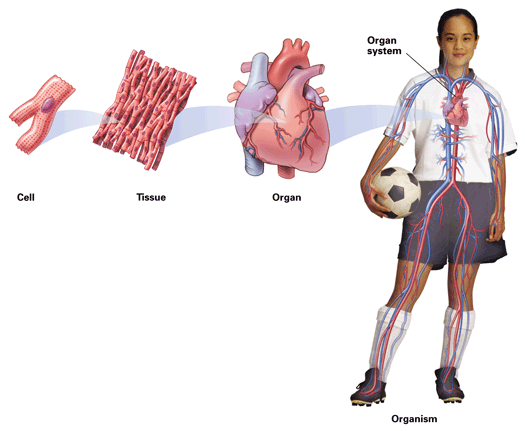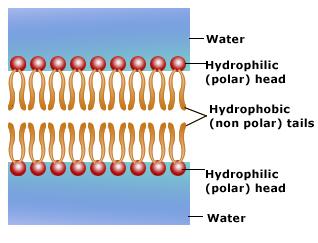Today, Daniel and I finished our cell song project in school. We started off listening to songs of different style and narrowed the list down to 3 songs: Candy by Robbie Williams, Starships by Nicki Minaj, and Domino by Jessie J. We chose Candy in the end, because neither of us knows how to rap and this song is rather catchy. We try to write 2 - 3 lines (1 for structure and 1 for function) for every organelles and a chorus devoted to cell membrane because we spend an significant amount of class time on cell membranes.
After an entire afternoon of hard work, here is our final product.
Candy – Robbie Williams
Cells are smallest unit
Nucleolus holds the center
And it makes ribosomes
And it holds DNA
Rough ER makes the protein
Ribosomes are on it
It has a lot of membrane
It connects the nucleus
Golgi body labels proteins
Exports them
It looks like flattened sacs
Smooth ER is like the rough ER
Makes the lipid
And it is smooth
-------------------
Mito mitochondria
It does the respiration
It looks just like a peanut
It has a double membrane
Cyto Cytoskeleton
Made of microfilament
It gives the shape of support
It helps to move the organelles
Vesicles do transportation
They are small
But the vacuoles do the storage
Small in animals
They’re enormous in plant
And there’s chloroplast
It does photosynthesis
------------------------------------------
Centrioles are in animal’s cells
They are near the nucleus
It separates the chromosome pairs
Cytoplasm
Is a bloody liquid
And it is everywhere
Protects organelles
Supports organelles
Protects organelles
Supports organelles
What are we doing this for?
What are we doing this for?
'Cause we love cells
'Cause we love Mr. C
'Cause we love you
-------------------------
(----- Represents the chorus)
Chorus
Hey ho cell membrane
I’m phospholipid
I’m phospholipid
I protect the cell and make things flow
Cells can’t do without me
Hey ho hers a cell
Either a little too big or a little too small
There’s a plant cell and an animal cell
And we think they taste like CANDY!
Important Misconceptions:
I personally think that this project is extremely helpful. It helps me revised and able to remember functions and structures organelles. Singing this song again and again, I know nearly all the basic information about cells already.
After an entire afternoon of hard work, here is our final product.
Candy – Robbie Williams
Cells are smallest unit
Nucleolus holds the center
And it makes ribosomes
And it holds DNA
Rough ER makes the protein
Ribosomes are on it
It has a lot of membrane
It connects the nucleus
Golgi body labels proteins
Exports them
It looks like flattened sacs
Smooth ER is like the rough ER
Makes the lipid
And it is smooth
-------------------
Mito mitochondria
It does the respiration
It looks just like a peanut
It has a double membrane
Cyto Cytoskeleton
Made of microfilament
It gives the shape of support
It helps to move the organelles
Vesicles do transportation
They are small
But the vacuoles do the storage
Small in animals
They’re enormous in plant
And there’s chloroplast
It does photosynthesis
------------------------------------------
Centrioles are in animal’s cells
They are near the nucleus
It separates the chromosome pairs
Cytoplasm
Is a bloody liquid
And it is everywhere
Protects organelles
Supports organelles
Protects organelles
Supports organelles
What are we doing this for?
What are we doing this for?
'Cause we love cells
'Cause we love Mr. C
'Cause we love you
-------------------------
(----- Represents the chorus)
Chorus
Hey ho cell membrane
I’m phospholipid
I’m phospholipid
I protect the cell and make things flow
Cells can’t do without me
Hey ho hers a cell
Either a little too big or a little too small
There’s a plant cell and an animal cell
And we think they taste like CANDY!
Important Misconceptions:
I personally think that this project is extremely helpful. It helps me revised and able to remember functions and structures organelles. Singing this song again and again, I know nearly all the basic information about cells already.




 RSS Feed
RSS Feed